Posted by Jono - Tactical Solutions on 18th Mar 2021
My first New Zealand adventure hike with the 511 Rush 100
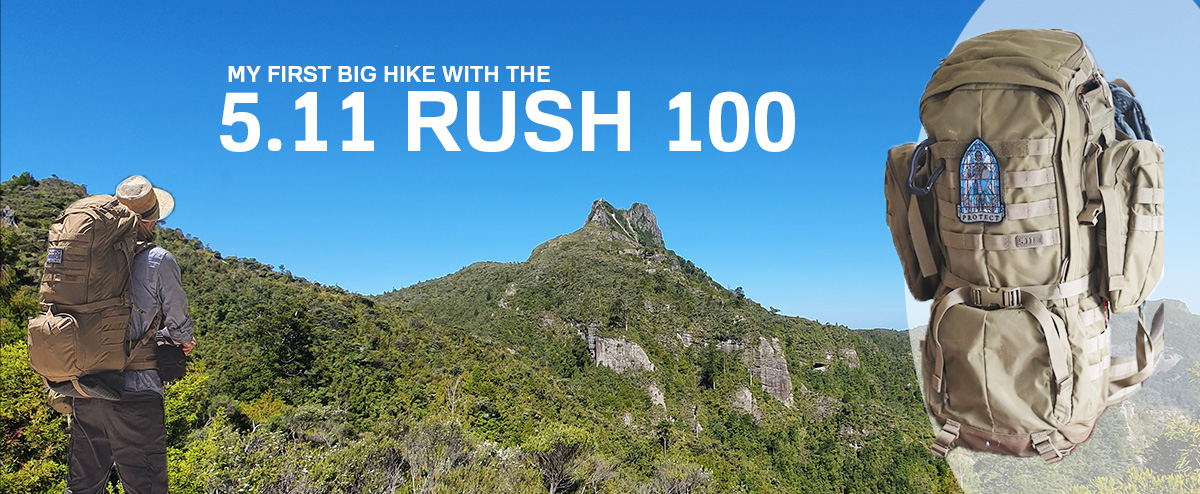
Carl, our front man of the Tactical Solutions store in Auckland decided that he wanted to give The Pinnacles in the Coromandel a go.
“
My mate Andy and I had never done a long hike before and we wanted to give it a go.
Our plan was to spend an easy three days doing a 27km hike and camping for the two nights.
We got our hands on the new 5.11 Rush 100 packs (SEE PACK HERE) and we loaded them up during our prep.
Andy’s pack was close on 30kgs and my mine was a little over 20.
.
We were ready for anything. We had so many tools!
Lights. Torches. Leatherman. Wood cutting knives. Carabiners…so many carabiners.
.
We had something for any and every situation.
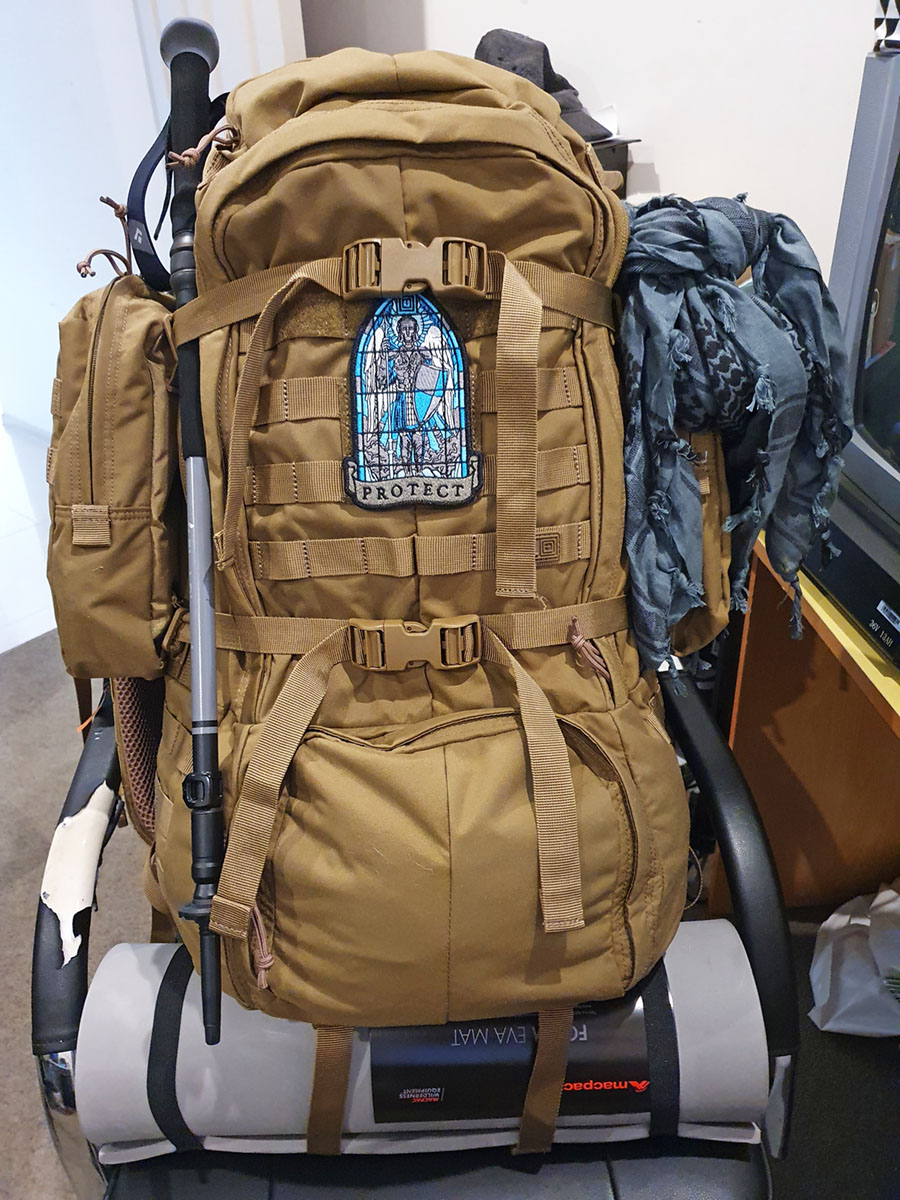
The main pack has a waterproofed lined compartment at the bottom so I kept all the things that I didn’t want to get wet there.
The main compartment was made up of food, clothes, a very luxurious air mattress, sleeping bag, packable rain jacket and I strapped my tent to the bottom of the bag.
.
The 5.11 Rush 100 had so much space and could carry a lot!
.
At only 2.6kg (with a frame) and a massive 60 litres of space it was perfect for our three-day trip.
The side compartments fitted my full cooking set which included my cooking pot, gas and micro cooking stove.
.
The weather forecast said that it was going to be an easy 32 degrees (the hottest day of the year) so I decided to add my Condor Shemagh on to one of the shoulder straps.

Before we left we had another think about the weight of the Rush 100 bags and decided that we needed to lighten them up a bit.
I got my bag down to 18kgs and Andy got his down to 20kg.
.
I liked the adjustable torso shoulder strap system with quick release and load lifters that we could move up and down depending on how high you want the pack to sit on your back.
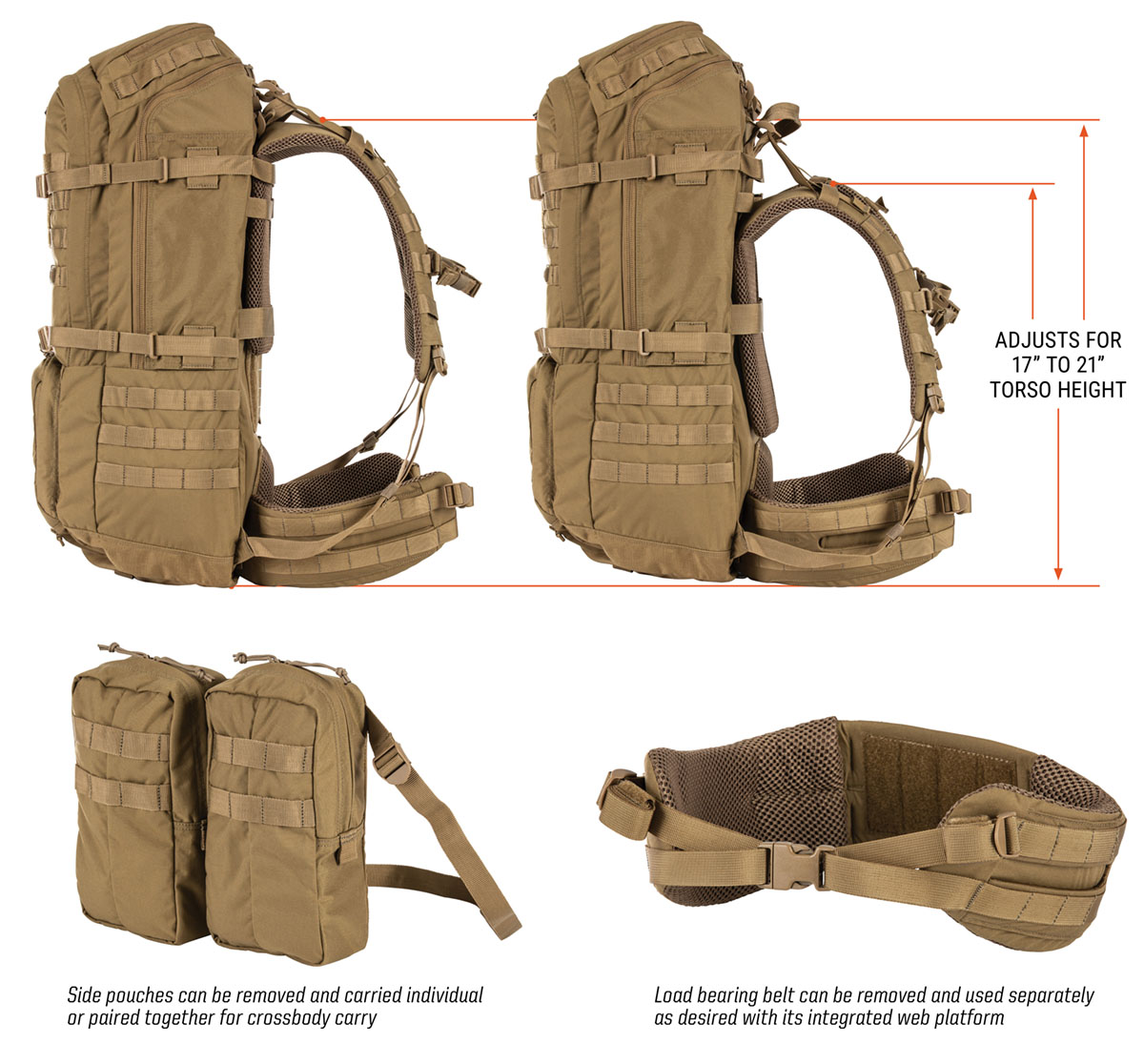
We started our trek at 10am in the morning, expecting it to be about 4 hours.
Day 1 we had planned to head up to the Coromandel Pinnacle summit hut and camp at the camping ground there.
We knew it was not going to be an easy walk, but we were a bit surprised at how challenging it got.
About an hour into the tramping adventure the terrain started to change, and we were met with some loose rocks and the ground got a bit unstable.
.
After the second hour we were in good spirits and happy to be halfway to the hut.
A little further on we saw a couple of hikers coming down the path and we asked them how far we had to go to get to the hut.
They said it would only take about another 4 hours.
…we were a little confused. They had to be wrong. They most probably got their direction wrong.
So we carried on.
The terrain started to get a little more challenging from here. The downhills disappeared and the climb started to work on our legs a bit. The loose rocks changed to massive carved rock steps that were about 500mm high.
There was once or twice where I had to drop my pack and had to stretch out my legs a bit.
.
We were at about 4 hours in, at this point, and we were both starting to drain our 3 litre Camelbak reservoirs more often. These sat nicely inside the pack and the bag had a port to thread the tube through.
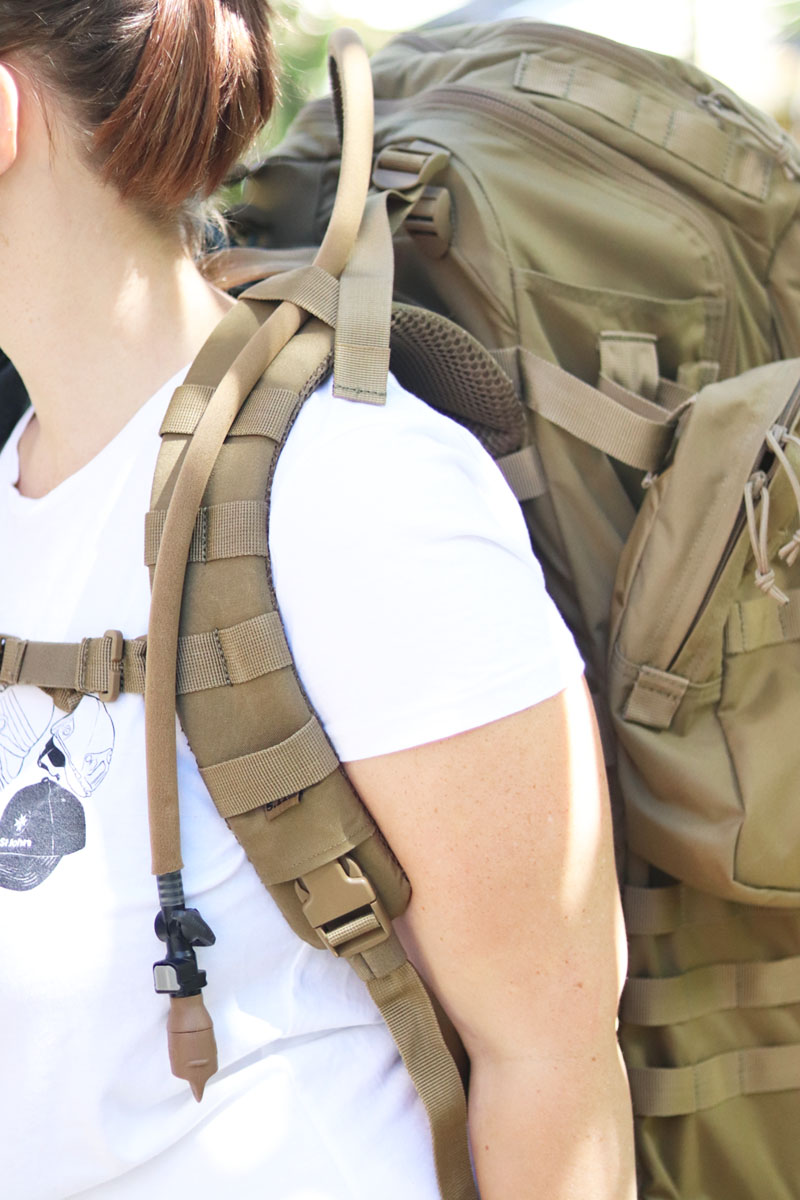
A ranger was walking down the path and we stopped him and had a bit of a chat.
We asked him how far we were. He gave it a bit of a think and said that we were a little past half way there.
He said that if you are going at a fast pace with a light pack you would be looking at about 4 hours up and most people took between 6 to 7 hours.
We were a little bit disappointed that we had gotten it slightly wrong and carried on.
.
At least it wasn’t just the big steps anymore. They decided to bring their friends, loose rocks and clay along to try and motivate us to keep going.
It was getting challenging.
.
At 7 hours we finally got to the top ridge and headed to the last part up to the hut and our camping ground.
We quickly set-up our tents and took a three hour recharge session.
At about 10pm we feasted and could feel our energy slowly coming back.
We fell asleep to the gentle war songs of the mosquito horde, baying for our blood and had a relatively good couple of hours sleep.
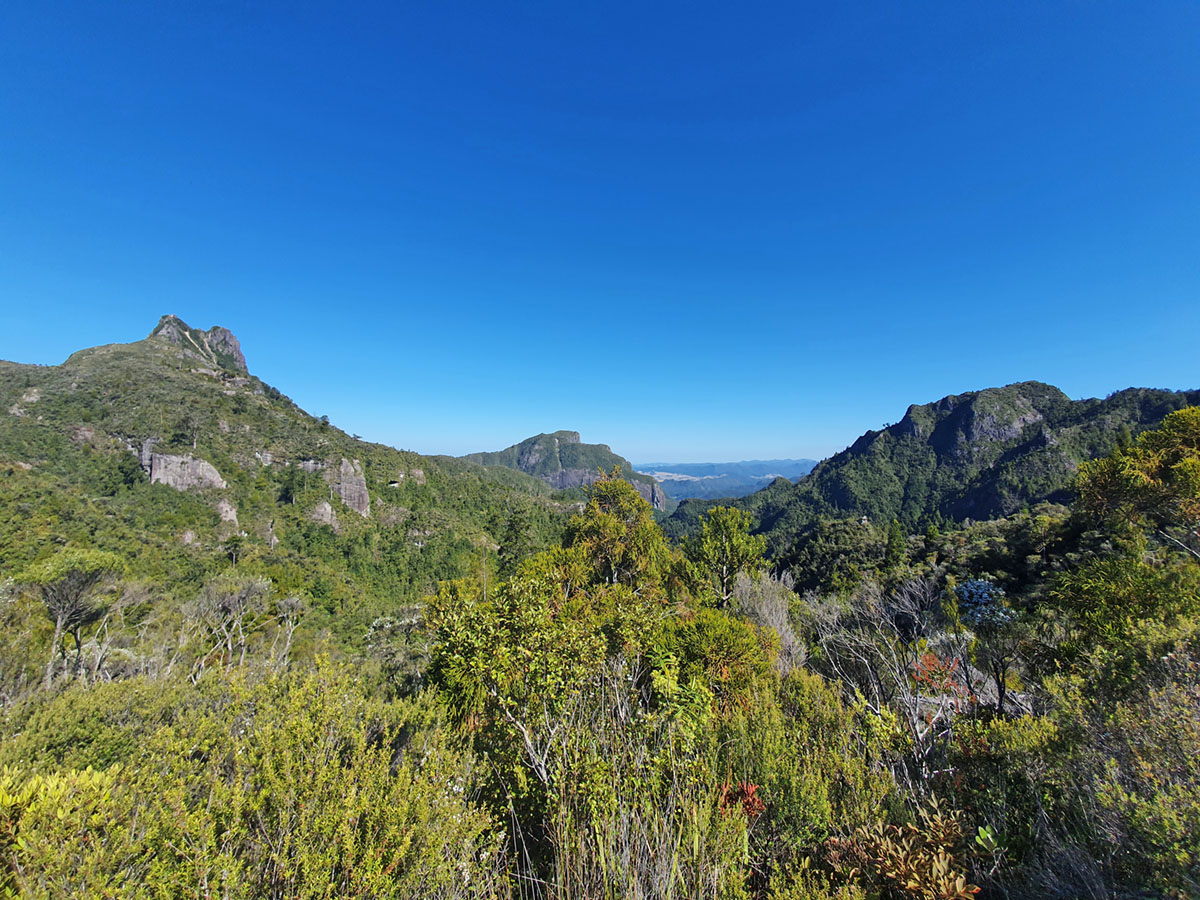
A view form The Pinnacles in the Coromandel.
.
Day 2 we left early to head to the next camp site.
We were going to head down The Pinnacles and head towards the Broken Hills.
Two hours into day 2 we ran into a bit of a realisation.
We had finished our Camlebak reservoirs and we hadn’t packed enough water to
keep us comfortably going for another day.
So we decided to call it quits.
We hiked back another two hours and started our four hour journey down to our car on the “BillyGoat trail”.

On the way down everything was very wet and there was a lot of moss.
It was very slippery and I almost blew my ankles a couple of times.
I had some good boots on and the ankle support was about 6
inches up.
Something like the 5.11 ATLAS (All Terrain Load Assist)
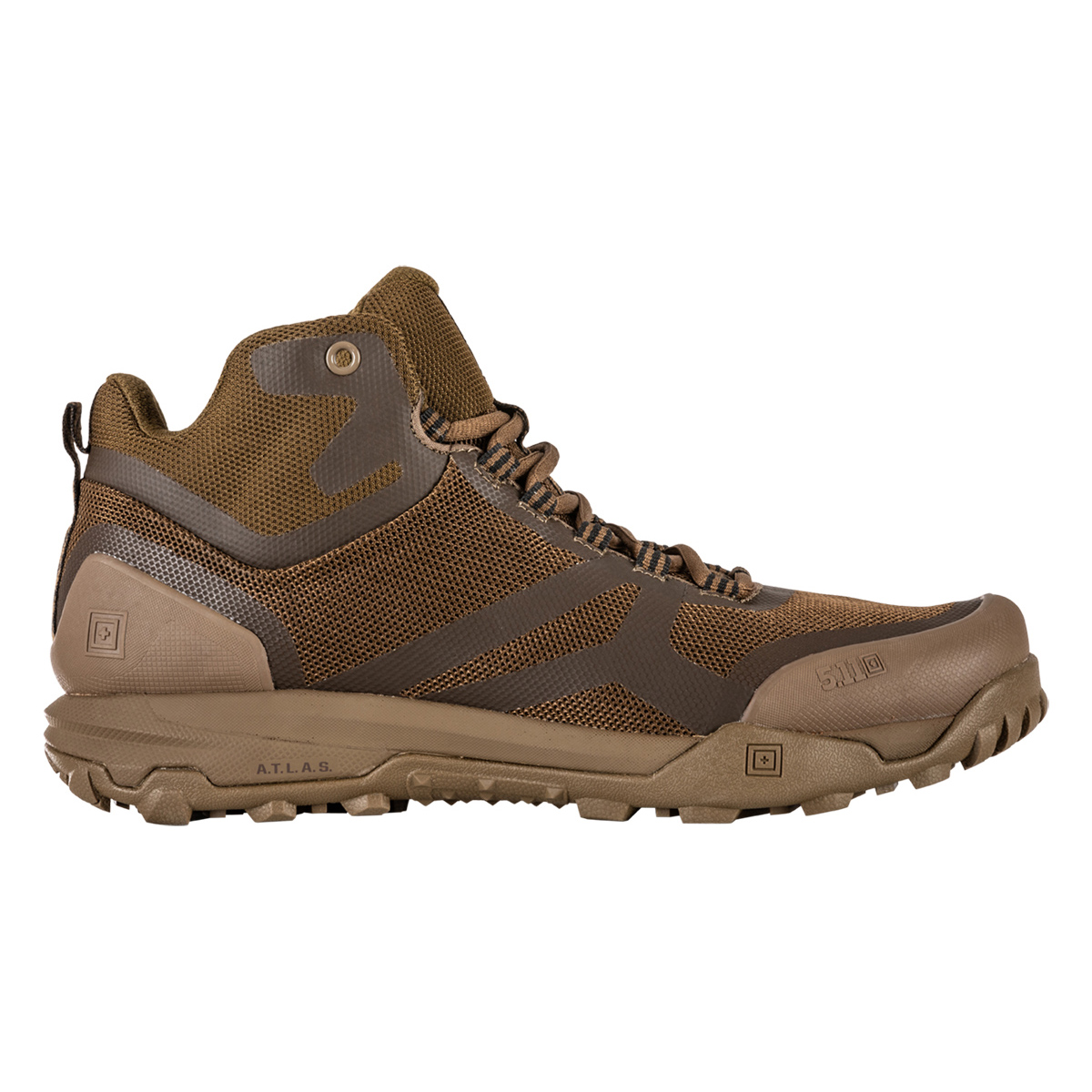
Find out more details about the 5.11 Atlas HERE
.
If I didn’t have that ankle support it would have been game over and my buddies at LandSAR would have been able to show me how they do their thing.
We each had a pair of walking poles. They really helped a lot and I would strongly recommend these.
The four hours down were challenging, not as bad as the way up, but challenging.
.
Once we hit this bridge everything smoothed out and we were on our way home.
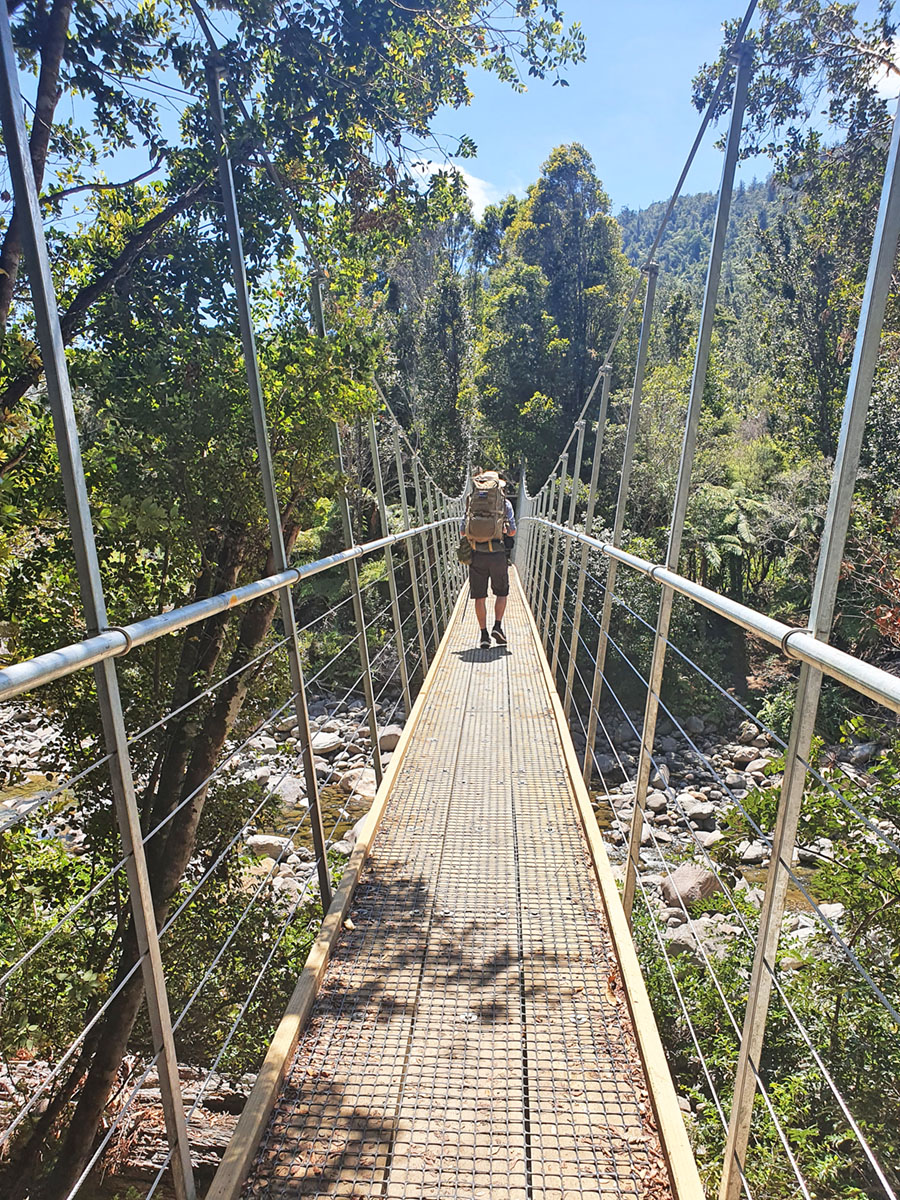
What an experience.
We learnt some very valuable lessons from this adventure.
When we do it again, we would make sure to pack lighter. The 10kg mark would be the sweet spot.
Water management is crucial.
The Camelbak bladders were great.

See our reservoir offerings HERE
You do need to have a backup system though, I had my Camelbak Chute on a carabiner dangling from my waist. A water bottle pouch, like the Camelbak MaxGear pouches (Coyote and Multicam: https://store.tactical.co.nz/camelbak-max-gear-bottle-pouch-new/) or the Condor H2O pouch (https://store.tactical.co.nz/condor-h20-pouch-black/ ) are well worth the investment.
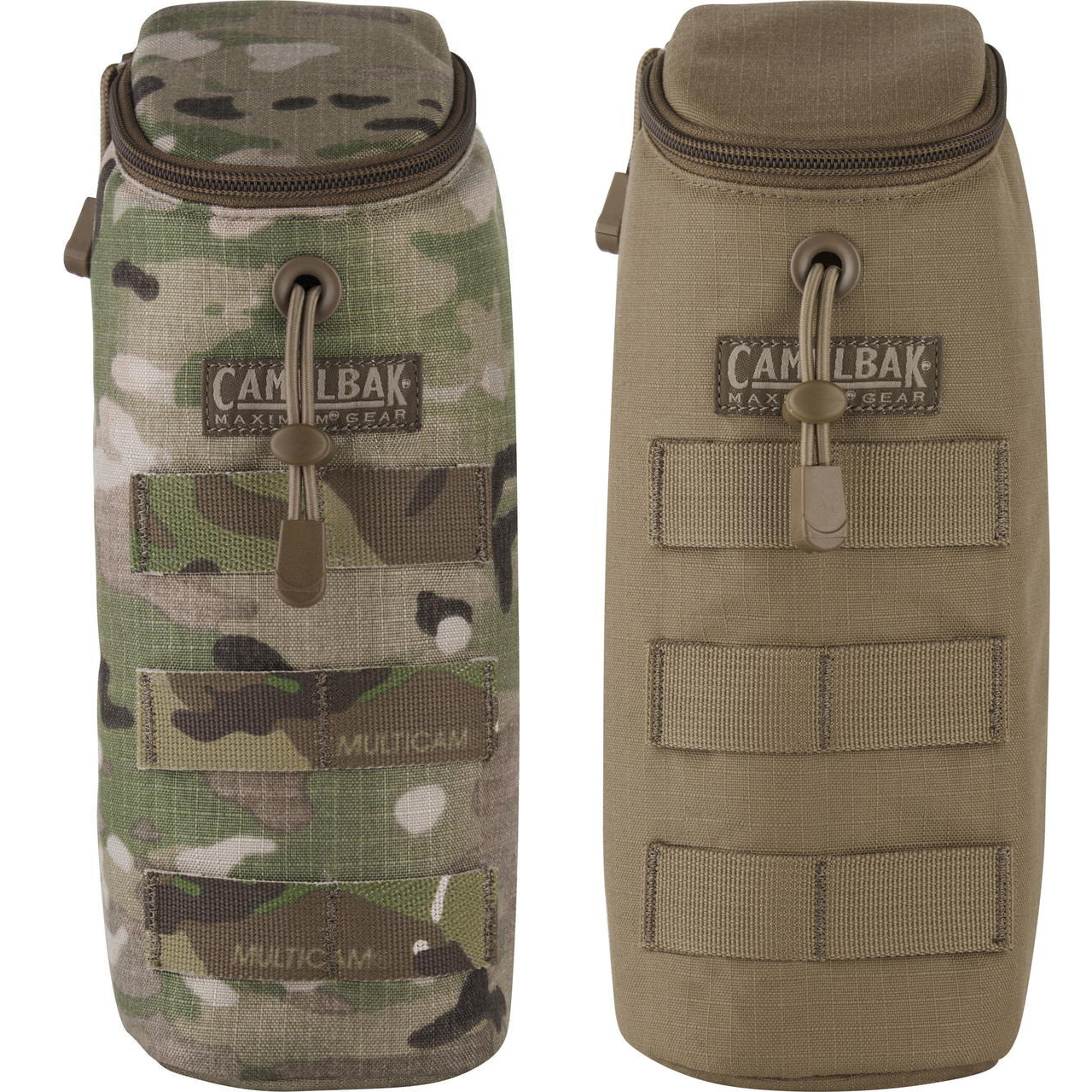
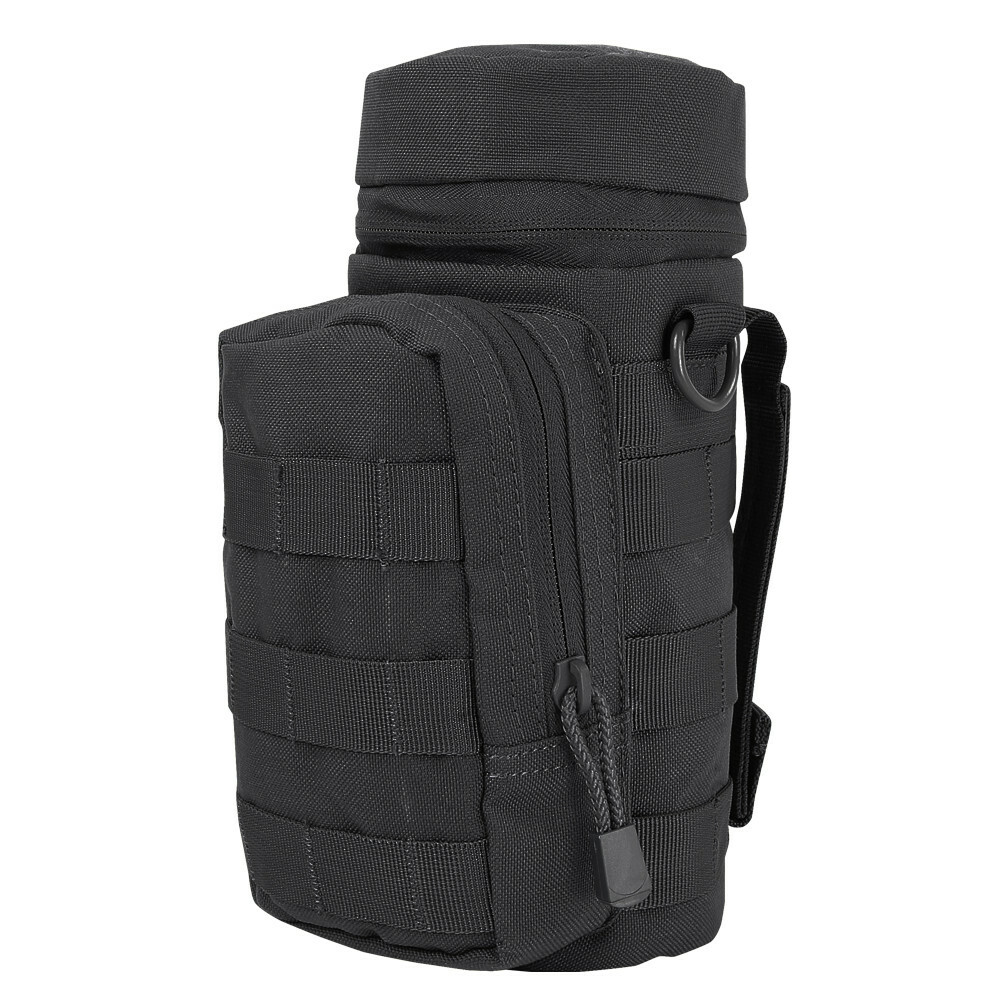
I would recommend for a walk like that, at least two bottles and a Camelbak bladder.
If you’re going on a day hike, I would recommend a bladder over a bottle, especially if you don’t have a bottle carrier.
Our Rush 12, 24, 72, 100 and the AMP 12, 24, and 72 series of bags and our Camelbak range (these come with a reservoir) all have spaces for a bladder.
-> Rush 12 (24L)
-> Rush 24 (37L)
-> Rush 72 (55L)
-> Rush 100 (60L)
-> Amp 12 (25L)
-> Amp 24 (32L)
-> Amp 72 (40L)
I’ve never known the importance of a waist belt so much.
Having only had regular backpacks all my life, the waist belt takes the weight off your back and puts it around your middle, instead of on your shoulders. It made a huge difference.
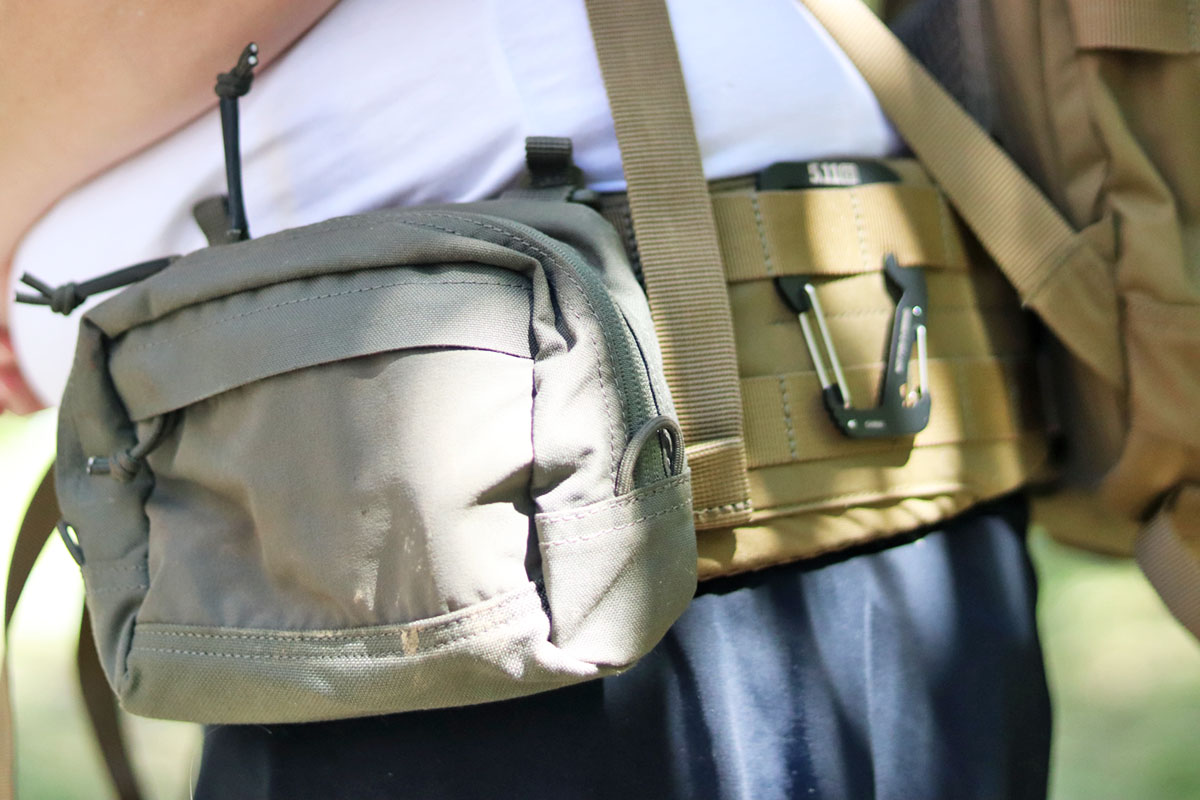
What did you think about the pack?
The Rush 100 is exceptionally durable.
It took a massive thrashing!
The amount of times I took it off and it kissed trees, the ground and the brush and didn’t even flinch was impressive…it’s indestructible!
I think the reason why it took so long to get up was that almost every second person wanted to see the pack when we walked past them.
Andy loved the frame. It’s so much better than his other hiking packs and kept the pack perfectly rigid and comfortable.
I really enjoyed the heat management on the Rush 100, the shoulders were extremely well padded and the lumbar region of the backpack didn’t have any excessive hot spots.

